Paper Wasp Shaves (?) Caterpillar – Ron Goor (2013)
The behavior of this paper wasp worker was recorded by Ron Goor in C & O Canal in Seneca Maryland, United States. At first glance it looks quite curious since it appears as if the wasp is shearing its prey like a sheep. However when viewed carefully the wasp is simply consuming the caterpillar most probably belonging to Virginian Tiger Moth (Spilosoma virginica) before flying back to its nest. While the worker wasp is literally taking “her cut” from the […]

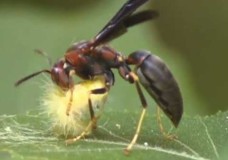
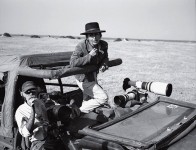
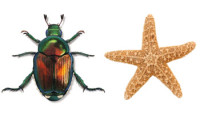


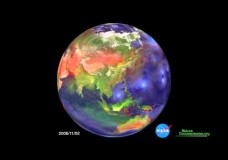
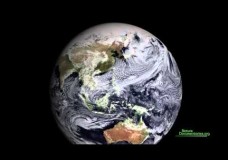
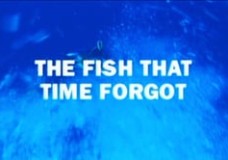
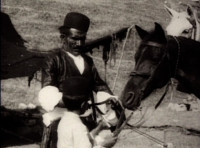
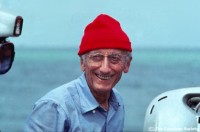



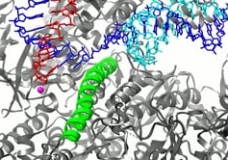
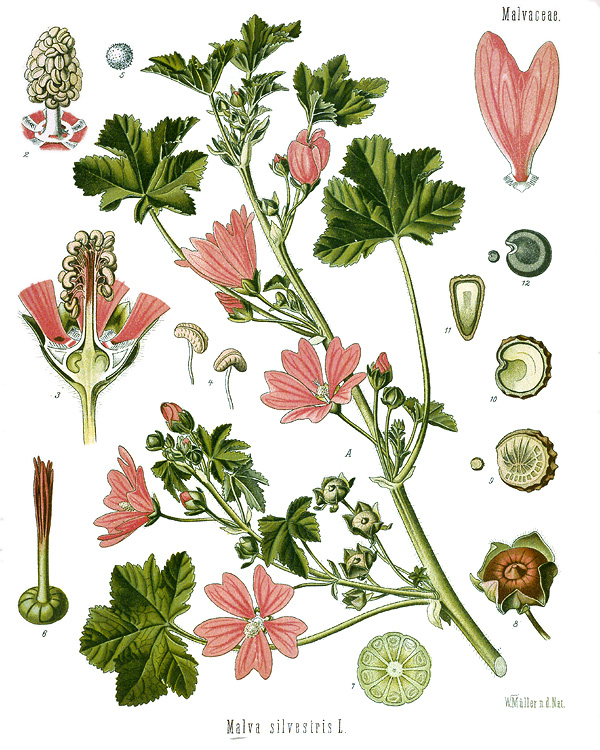

Recent Comments